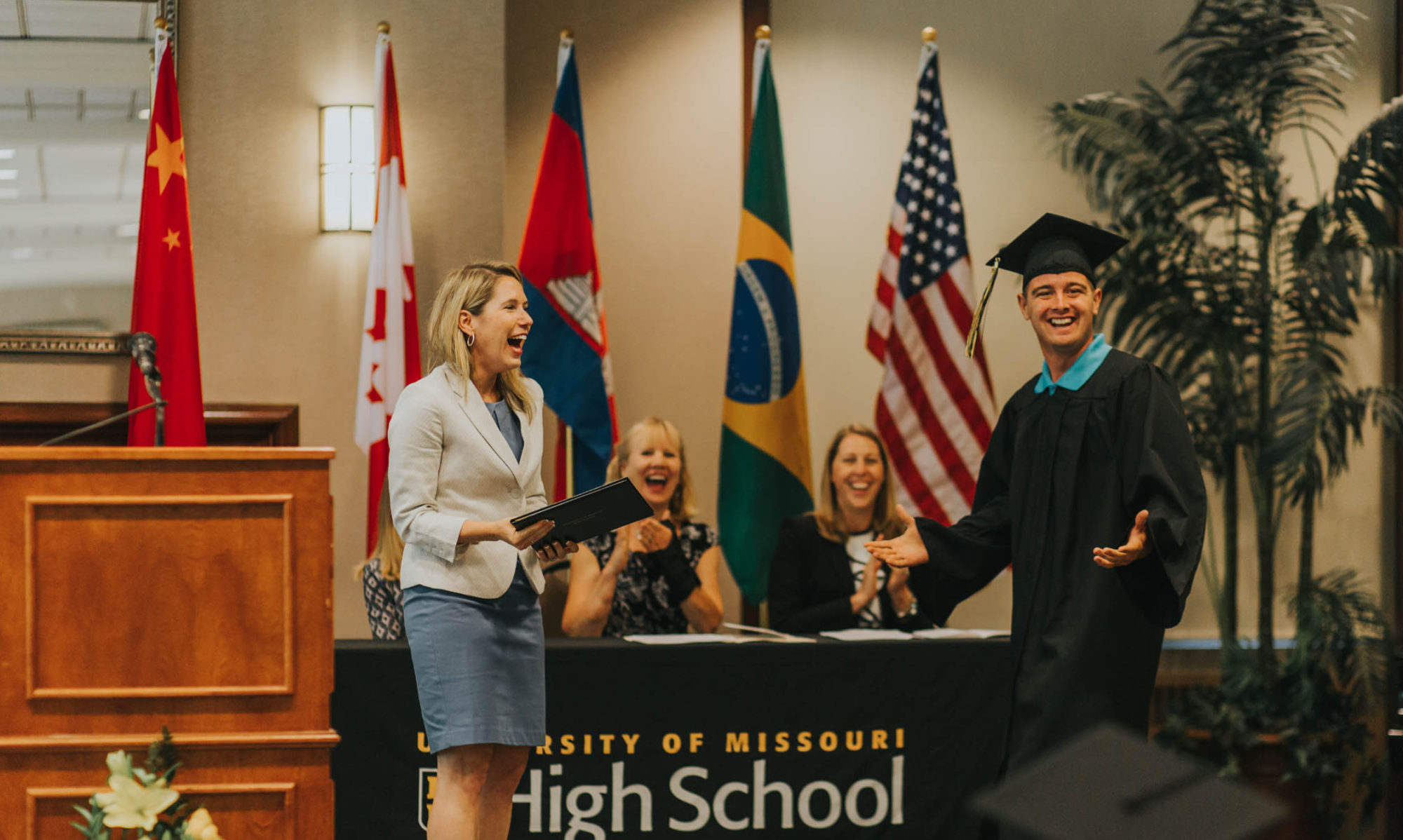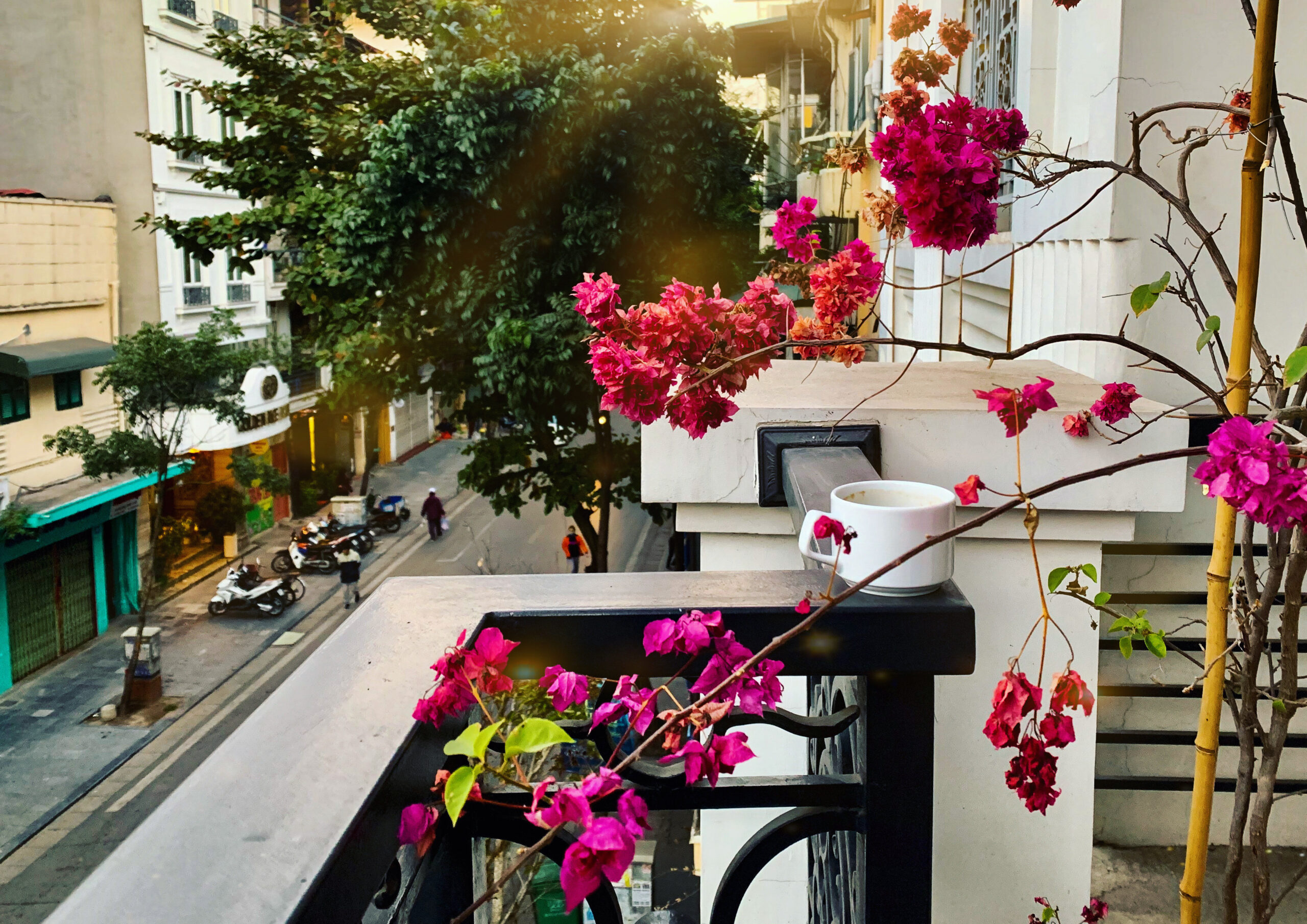Hanoi Journals
Last week was our Thanksgiving holiday. I spent it with my extended family including my maternal grandmother. We looked at photos from her childhood: small black and white images of the horses her family used to plow the fields, a favorite farm dog, a small country house with a roof that let in snow in the winter, meaning that sometimes my grandmother and her siblings would wake covered in white flakes.
Yesterday, I boarded a plane for Hanoi. It is 8,124 miles from my hometown to the capital of Vietnam. This is the furthest I have ever traveled. Along the way, I messaged my family from the airplane. My eight-year-old daughter tracked my flight on her iPad.
What does it mean to teach and learn in this global moment? What kind of world are we preparing our students to lead?
When we arrived in the city, a friend picked us up and drove us to our hotel. It was late at night. Along the way she told us stories about the city, mixing legend (dragons and fairies) with practical (a new bridge built to streamline airport traffic). She pointed out a river, telling us this is where Hanoi, which means inside of the river, gets its name. We drove by the famous miles-long mural, an art installation to celebrate the 1,000 year anniversary of Vietnam’s independence. It sparkled even in the dark.
I wake up my first morning in Hanoi still foggy from travel. I step outside with a cup of coffee and watch the motorbikes whiz past as the city wakes up. I think about the students and teachers we get to work and learn with in this city. Many have already visited us on campus, what a gift to reciprocate and see them here in their hometown. These young people amaze me, not only for their ability to study in both Vietnamese and English, but also for the radical hope they have for a different world.
This hope is a palpable constant in classrooms I’ve visited around the world.
This morning, I wonder about my Vietnamese students. What stories do their grandparents and great-grandparents tell them about childhood? What complex memories do the black and white photographs from their basements hold? I know history bears many weights. And yet, when we meet our friends here, they embrace me. When I great our students, they light up.
I sip my coffee, watching the light change from dawn to day across the narrow streets in the old quarter, I think of our collective ability to move forward. I think of the new classrooms, questions, and projects our students are creating. Our young people seem to approach the world as if it were an abstract origami project. They fold history, ingenuity, and grace together, offering us something that is both familiar and also completely brand new.
Warmly, Dr. KFW
P.S. Check back soon for more updates from our travels.

